How To Find Your Google Review Link ?
How To Find Your Google Store Review Link ? What’S The Function Of Google Review Nfc Card
Find google review link method:
Open your web browser and search for your business name on Google.
Locate your business in the search results ,click on it to open the Google Knowledge Panel on the right side of the search results.
Scroll down in the Knowledge Panel until you see the “Write a review” button.
Right-click on the “Write a review” button and select “Copy link address” or a similar option (the wording may vary depending on your web browser).
You can now paste this copied link wherever you want to share it for customers to leave reviews directly on your Google Store page.
What’S The Function Of Google Review Nfc Card
Google Review NFC cards are cards that utilize Near Field Communication (NFC) technology. When a user touches this card with an NFC-enabled smartphone, it directly opens the relevant Google review page, allowing the user to easily provide a review or feedback for a business or service.
These cards can be customized to include unique designs and printed graphics. For instance, businesses can customize NFC review cards with their own branding and place them in prominent locations in their stores to encourage customers to leave reviews.
Application Process:
Prepare NFC card and NFC phone: Obtain a programmable NFC tag and ensure customers have an NFC-enabled smartphone.
Create Google review link: Obtain the review link from your Google My Business page and save it.
Write data to NFC tag: Use an NFC programming app (such as “NFC Tools”) to write the review link to the NFC tag.
Place NFC tag: Place the programmed NFC tag in a suitable location in your store, such as the checkout counter or entrance.
Customer usage: Customers touch the NFC tag with their NFC-enabled smartphone, and the phone will automatically open the review page, where customers can write and submit a review.
Advantages:
By providing this convenient method, businesses can encourage more customers to leave reviews, which helps enhance their online reputation and business presence.
For customers, using NFC review cards is a simple and quick way to share their shopping or service experience.
Now the google review nfc cards are very popular ,welcome to contact us to get sample now


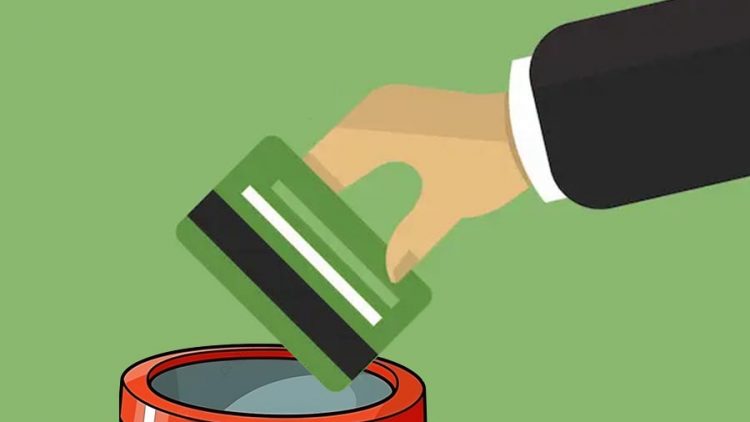


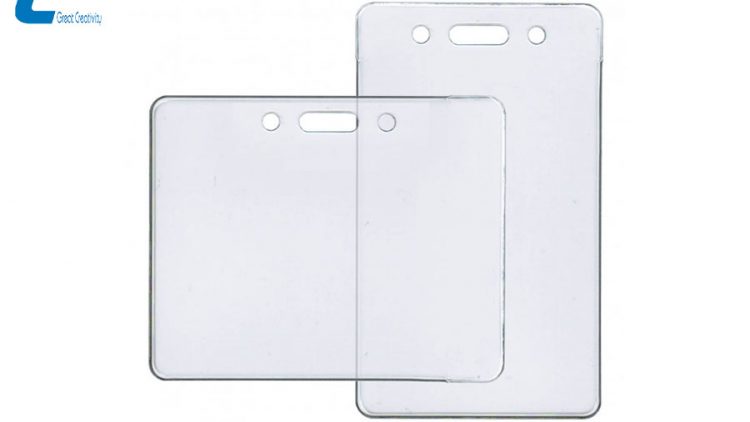

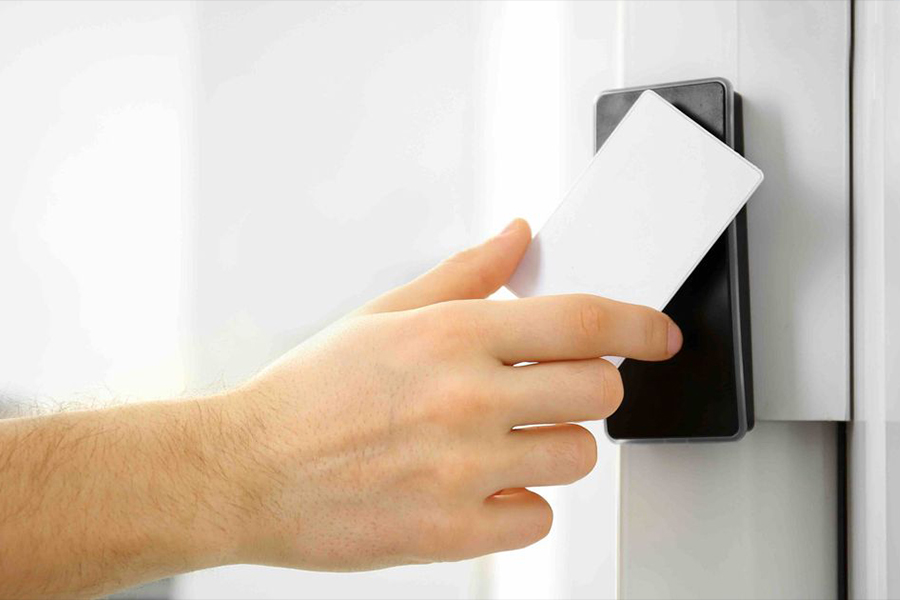
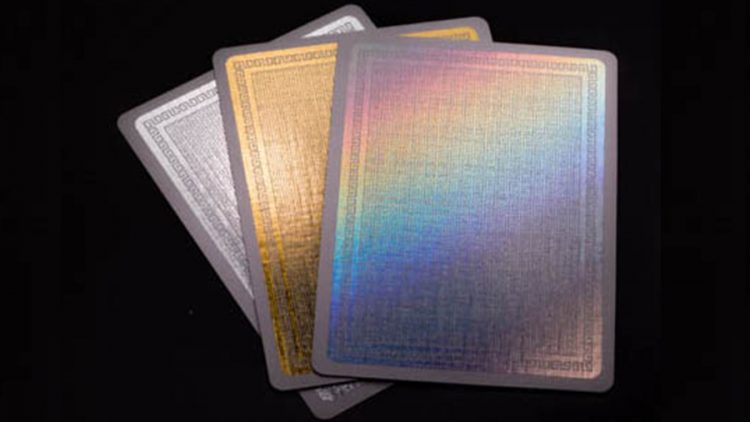
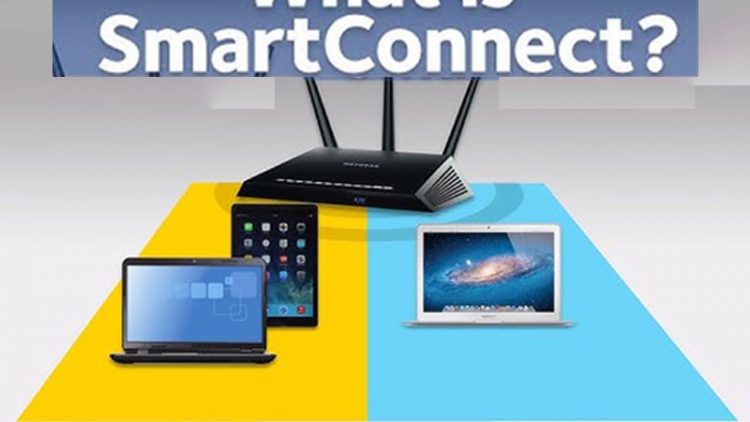
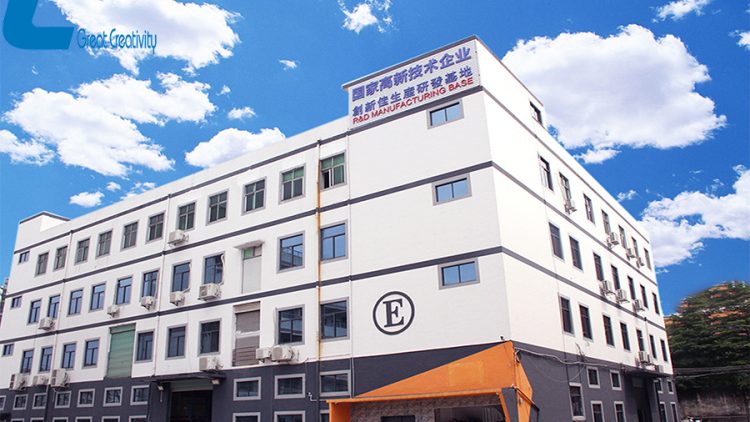
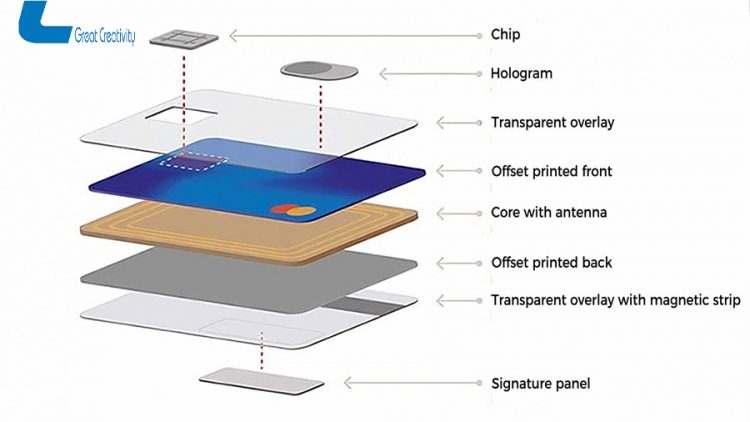
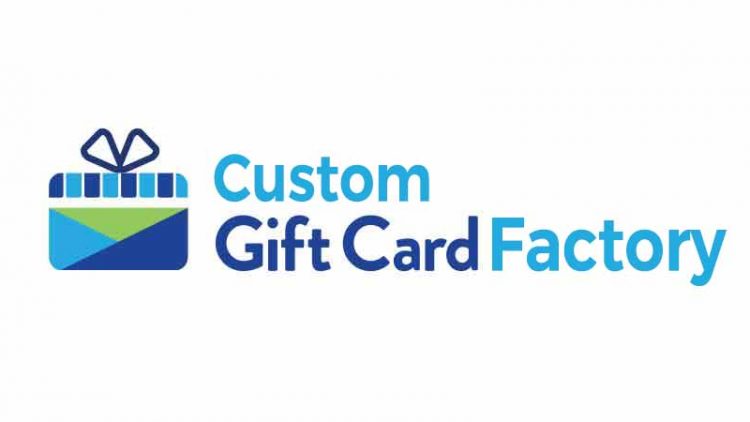
 CXJ
CXJ CXJ
CXJ